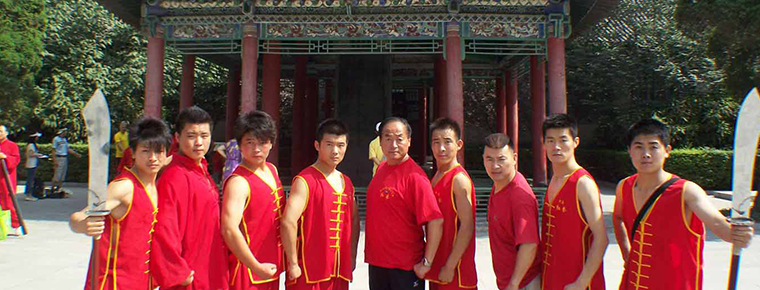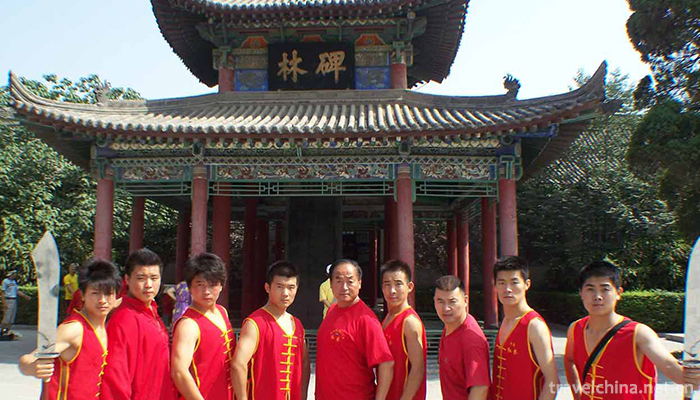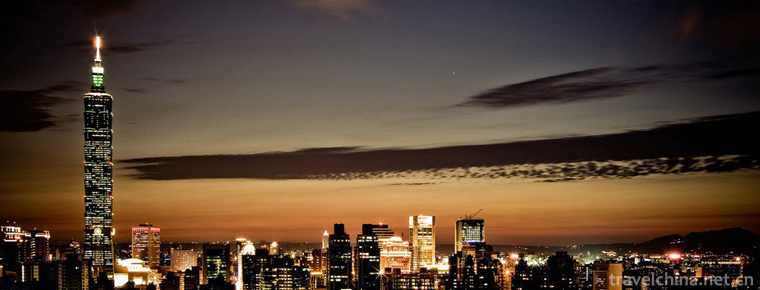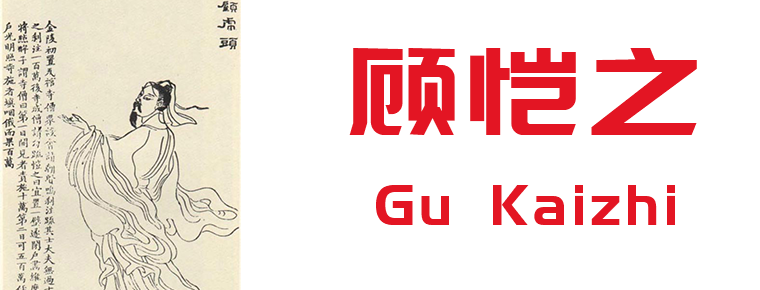2018-10-12

- By ChinaWiki.net
- Chinese Edition
- 2019-05-03
Red boxing
Red boxing originated in Zhou and Qin Dynasties, became famous in Tang and Song Dynasties and prevailed in Ming and Qing Dynasties. It is an important link of Chinese national martial arts and an important part of Chinese culture. Red boxing is the mainstream of local boxing in Guanzhong, Shanxi, southern Hebei and Northern Henan. It is famous for its rich content, various routines, comprehensive techniques, coexistence of virtue and art, support, support and support as its mother, hook and stick as its function, avatar flash as its magic, close to the body, strong legs, smart hit as its method. Red boxing has a wide range of transmission, including Yuhong, Longhong, Sichuan, Yunnan, Jinhong and Lu Hong, especially in Guanzhong.
On June 7, 2008, Hongquan was approved by the State Council to be included in the second batch of national intangible cultural heritage list.
brief introduction
After thousands of years of vicissitudes, Red Boxing is famous for its rich content, various routines, comprehensive techniques, coexistence of virtue and art, support and support, support and chop as its mother, hook and stick as its function, avatar flash as its magic, close to the body, strong leg skills, smart hit as its method. Red boxing has a wide range of transmission, including Yuhong, Longhong, Sichuan, Yunnan, Jinhong and Lu Hong, especially in Guanzhong.
origin
Place of origin
The earliest origin of red boxing can be traced back to Zhou and Qin dynasties. In the Western Zhou Dynasty, Wudang and wrestling were popular. In Qin Dynasty, Sanfu (now in Guanzhong area of Shaanxi Province) was prevalent, especially near Chang'an, where "hand-fighting" and "fencing" were used to improve their skills by practicing routines for entertainment (see History of Chinese Wushu). According to the Record of History, Zhang Yizhuan, "Qin voice of Qin people, dancing Qin dance, striking a kite, hitting a bi" is said to be a celebration banquet after the victory of the Qin Emperor's Royal Government, where warriors celebrate with "beating the arms" (beating and dancing). This is the same form of expression as the "firing artillery" and "ten loud bangs" in the current Red Boxing exercise routine, and the folk proverb "hitting the skin as the skin". Drum is the same. "Hitting the arm and rolling the condyle" reflects the rough and unrestrained Qin people. They have not only practiced the "stroke skill", but also practiced the "support and chop method" of "red boxing" with "support and chop as mother" as the essence of the "support and chop" method of red boxing. The Tang Dynasty Red Boxing is called "Tang Hand" and "Jiao Dui", and Li Bai, a famous poet of the Tang Dynasty, calls himself "Fifteen Good Swordsmanship". Guo Ziyi and Xue Rengui in Tang Dynasty were all famous generals in Shaanxi Province.
Schools
Red boxing is the mainstream of Shaanxi Guanzhong, Shanxi, Heze in the west of Shandong, southern Hebei and Northern Henan, which is generally recognized. In Shaanxi Province, Tongguan and Dasanguan are used as symbols to divide them into "Guandong Red Quan", "Guanzhong Red Quan" and "Guanxi Red Quan". It is said that many boxing schools in Shaanxi have evolved on the basis of "Guanzhong Hongquan". "Guanzhong Red Quan" is most widely practiced with "Little Red Quan", "Big Red Quan", "Second Route Red Quan", "Taizu Red Quan", "Pink Quan", "Six Passes", "Six Postures", "Gun Hammer", "Four Eight Hammers" and "Four Eight Hammers".
Founder
The formation of red boxing routines should be in the late Tang and early Song Dynasty. According to Shaanxi Red Boxing Master, he was named Huashan Mountain in Xiyue of Shaanxi Province from generation to generation. According to legend, Chen Yu was born in the late Tang Dynasty. Bozhou Zhenyuan, originally from Boxian County, Anhui Province, was listed as a successful candidate in Chang'an Entrance Examination. During the Five Dynasties, he lived in seclusion in Huashan Monastery. Later Zhou Shizong asked him to be an official and refused to give his advice. Taizong in the Northern Song Dynasty was given the title "Mr. Hayi", and his book "The Infinite Map" is still carved on the stone wall of Huashan Mountain. Chen Yu is a Taoist reverence, specially known as "Chen Yu's ancestors". He should be disappointed. When he was disappointed, he went to Hua Shan to live in seclusion and practice Taoism. One day he met an old woodcutter who was over seventy years old, but he was strong and walked fast. Chen Xuan went forward to salute and inquired about the local customs. The old woodcutter told him briefly. Later, they often met, and they became familiar with each other. One day after meeting Chen Xuan, the old woodcutter said to him, "There are always wolf leopards in and out of the mountains. You are kind, but you are weak. I would like to teach you a set of boxing techniques handed down by the local ancestors. One is self-defense, the other is also good for cultivating one's mind, strengthening one's health. You and I are lucky. I don't know what your intention is?" Chen Yue was very pleased to hear that. He invited the old woodcutter to his hiding place and worshipped him with teacher's rites. Please teach him. The old woodcutter was also very happy. From this day on, it was stipulated that he should teach Chen boxing and practice Kung Fu on the Shandong Peak every morning.
Time passed quickly, Chen Yuxue has been practicing martial arts for more than several months, and he has basically mastered and mastered it. One day he said to the old woodcutter, "Master, what is the name of the boxing you taught me?" The old woodcutter laughed and said, "The ancestors did not say the name of boxing. Today, Mr. Jin asked, I think you should aspire to cultivate Taoism into immortality, indicating that you have seen through the red dust, but the old man is a common man, a common people in the red dust, and do not want to cultivate Taoism into immortality. In fact, the way I teach you is popular in our local area. Good question. What's the name of this punch? In my opinion, the fist technique in the world is called "Red Fist"! It was also known among the people as "making boxing" in Song Dynasty, and "making stick" in stick technique. Shaanxi dialect called "playing fist and stick" because of the red fire of Guanzhong fist at that time, it was later called "red fist". Red boxing also has the meaning of beauty and auspiciousness.

Ask a Question
Your email address will not be published.



0 Questions